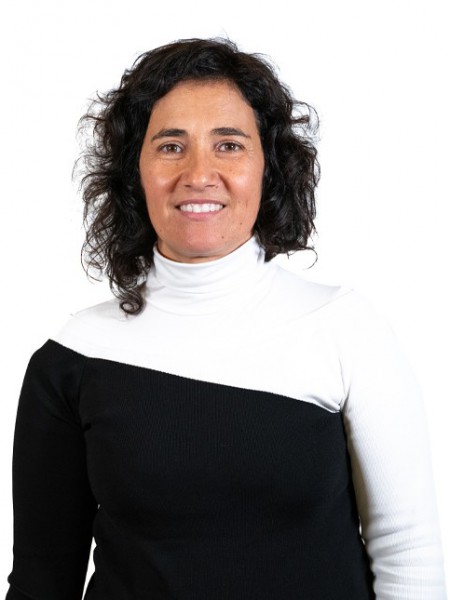abstract
The new complexes [MoBr(eta(3)-C3H5)(CO)(2)(L)(2)] (C1) and [MX2(CO)(3)(L)(2)] (M = Mo(II), X = I (C-2); M = Mo(II), X = Br (C-3); M = W(II), X = I (C-4); M = W(II), X = Br (C5)) were synthesized by reaction of 2-amino-1,3,4-thiadiazole (L) with [MoBr(eta(3)-C3H5)(CO)(2)(NCCH3)(2)] (1), [MoI2(CO)(3)(CH3CN)(2)](M = Mo (2); M = W (4)), or [MoBr2(CO)(3)(CH3CN)(2)](M = Mo (3); M = W (5)) in 2:1 ratio. The five complexes were immobilized in MCM-41, yielding the materials MCM-Cn (n = 1-5), and C1 was also immobilized in silica gel (Silica-C1) and in a polyhedral oligomeric silsesquioxane (Cube-C1). Complexes and materials were fully characterized by spectroscopic techniques and elemental analysis. DFT calculations showed that several C1 isomers should coexist. The as synthesized and supported complexes were tested as catalysts on the oxidation of geraniol, cis-hex-3-en-1-ol, trans-hex-3-en-1-ol, (S)-limonene, and 1-octene. The conversions and TOF significantly depend on the complex and the nature of the substrate. The general conclusions are (i) complex C1 has the highest activity; (ii) tungsten complexes C4 and C5 are more active than the molybdenum analogues; (iii) the immobilization of the catalysts improves the performance; and (iv) silica gel and the polyhedral oligomeric silsesquioxane supports modify the selectivity, leading to products different from the one obtained with MCM for specific substrates.
keywords
EFFECTIVE CORE POTENTIALS; METAL-CONTAINING SILSESQUIOXANES; MOLECULAR-ORBITAL METHODS; TERT-BUTYL HYDROPEROXIDE; GAUSSIAN-TYPE BASIS; N-H GROUPS; EPOXIDATION CATALYSTS; ETA(3)-ALLYLDICARBONYL COMPLEXES; STRUCTURAL-CHARACTERIZATION; POLARIZATION FUNCTIONS
subject category
Chemistry
authors
Dias, MV; Saraiva, MS; Ferreira, P; Calhorda, MJ
our authors
Projects
acknowledgements
This work was financed by FEDER funds through Programa Operacional Factores de Competitividade-COMPETE and by National Funds from FCT (Fundacao para a Ciencia e Tecnologia) by the projects PTDC/QUI/71576/2006, UID/MULTI/00612/2013, and FCOMP-01-0124-FEDER-015644 (PTDC/QUI-QUI/113678/2009). We thank CICECO-Aveiro Institute of Materials (Ref. FCT UID /CTM /50011/2013), financed by national funds through the FCT/MEC and when applicable co-financed by FEDER under the PT2020 Partnership Agreement. P.F. thanks FCT for Programa Investigador FCT. M.V.D. and M.S.S. thank FCT for research grants (SFRH/BD/37690/2007 and SFRH/BD/48640/2008). A. P. Carvalho and J. Pires are thanked for their kind help with the adsorptions measurements, and C. D. Nunes is thanked for preliminary tests. We thank N. L. Dias Filho for a loan of the ligand-functionalized silsesquioxide.


